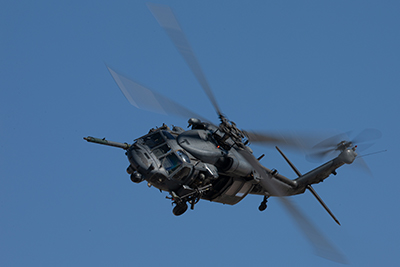
Flying planes and helicopters have always been challenging because, for decades, the flight’s success relied on humans. Human error can present severe issues for aircraft and the structures around them, especially in sub-optimal conditions that can limit sight. Computer vision is now being used to make flight significantly more manageable and safer. Below, we’ll discuss what computer vision is, how it’s helping pilots fly safely and accurately, and how it could be used in the future.
What Is Computer Vision?
Computer vision refers to a processing unit that is hooked up to a high-definition camera. The computer can process the image captured by the camera and is programmed to respond in a specific manner to different stimuli. The camera gives the CPU a means of interpreting and interacting with the physical world, which was never possible before.
The Aviation Challenges It Solves
Helicopter and plane pilots struggle to take off and land safely when conditions impair their sight. Clouds of dust, fog, heavy rain, and severe snow storms can render a pilot effectively blind, making maneuvering the aircraft exceptionally dangerous.
Using computer vision, high-definition cameras can act as the pilot’s eyes, offering a more refined view of the objects around them, even in the worst conditions. The views from the camera can be processed and provided to the pilot to help them “see” even when the weather entirely impairs their vision.
Possibilities for the Future
Computer vision is already making human-driven flight significantly safer and easier, especially in poor conditions. Some companies are even using it for fully autonomous take-offs and landings. With enough cameras, sensors, and processing power, machines can take information from the surroundings, compare it to GPS coordinates, and make safe maneuvers, including landings.
With enough data and evidence that the technology can operate properly in all conditions, we could eventually expect uncrewed flights, including those for military applications and even civilian travel. Human error could be removed entirely from flights, and there’s even the possibility that air traffic controllers will be replaced by machines or not needed at all.
Computer vision is making human flight much safer and more reliable, especially in conditions that leave pilots with poor visibility. Our high-definition cameras are ideal for a variety of machine vision applications, including autonomous flight and pilot assistance.
